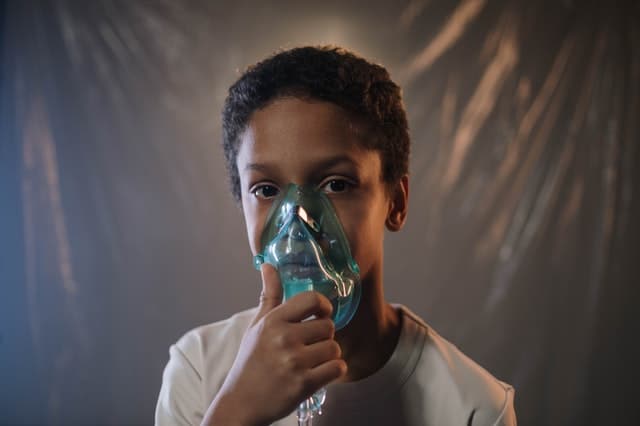Accidents happen. And when they do, calling emergency medical help is important. However, if you’re able to stop the bleeding on your own before emergency personnel arrives, you’ll be out of their hair and can take care of yourself at home and Stop Severe Bleeding.
The following steps are for severe bleeding that is uncontrolled or occurring from an amputation site. If your bleeding is not severe, please see our blog post on minor cuts and scrapes.

Types of wounds and bleeding
There are two types of wounds: open and closed.
An open wound is a cut or break in the skin, which is usually bleeding. A closed wound can occur from a scrape, bump, or anything else that makes the skin red and painful but does not allow air to enter.
Bleeding can also come from a cut or tear in organs, such as veins or arteries, as well as from amputation sites.
Stop the bleeding and get to safety
Find something to use as a bandage or tourniquet. You can make one by tying a piece of cloth tightly around the wound.
If you had enough time, place some pressure on the wound while it’s below the level of your heart. If you’re able to find a clean object that will apply pressure, then use that instead.
If you have nothing available to stop the bleeding, then use your hand and apply steady pressure on the wound for at least 10 minutes.
If you’re able to get to safety before emergency personnel arrives, take off any clothing near or around the injury site and cover it up with something clean so no dirt or debris gets in the wound.
Clean the wound and remove any dirt or debris
The first thing you should do is clean the wound. Use soap and water if possible, or an alcohol-based cleaner to remove dirt and debris from the wound.
Apply pressure to stop the bleeding
In order to stop the blood from flowing, you need to apply pressure. The placement of your hands can be a big difference-maker in the effectiveness of the pressure you’re applying.
Now that we have that out of the way, here’s a few ways to apply pressure:
Direct pressure: Apply pressure directly over the wound with a dry sterile dressing or cloth.
Packing: If direct pressure doesn’t work, pack gauze around the wound and apply firm pressure to seal off any openings.
Tourniquet: This is only necessary if there’s no other option and should only be used as a last resort.
Position yourself for easy access
The first thing you’ll want to do is position yourself so that blood is flowing away from you. This will help the blood clot faster if it’s minor.
If you are lying down, raise your arm or leg that’s bleeding. If you are sitting, lean forward and put your injured limb up on something.
Next, turn the wound so that the blood flows towards the body instead of away from it. Wipe away any dirt or debris around the wound to help create an air pocket for increased circulation.
Maintain pressure until help arrives
Bleeding from a severe wound can quickly lead to death. For this reason, it’s important to maintain pressure on the wound with a clean cloth or towel until emergency medical help arrives.
The goal is to keep as much blood as possible inside your body and not let it escape the wound site. The pressure will also help prevent bleeding from worsening.
It’s important that you don’t remove any clothing around the wound—especially if the victim has lost consciousness. If you’re bleeding heavily, focus on applying pressure and call for emergency assistance immediately.
Stay put and wait for medical personnel.
If you’re still able to get to your feet, stay put and wait for emergency personnel. If you can’t walk, lie down and get as comfortable as possible.
If pressure does not stop the bleeding after 10 minutes, call emergency medical help.

